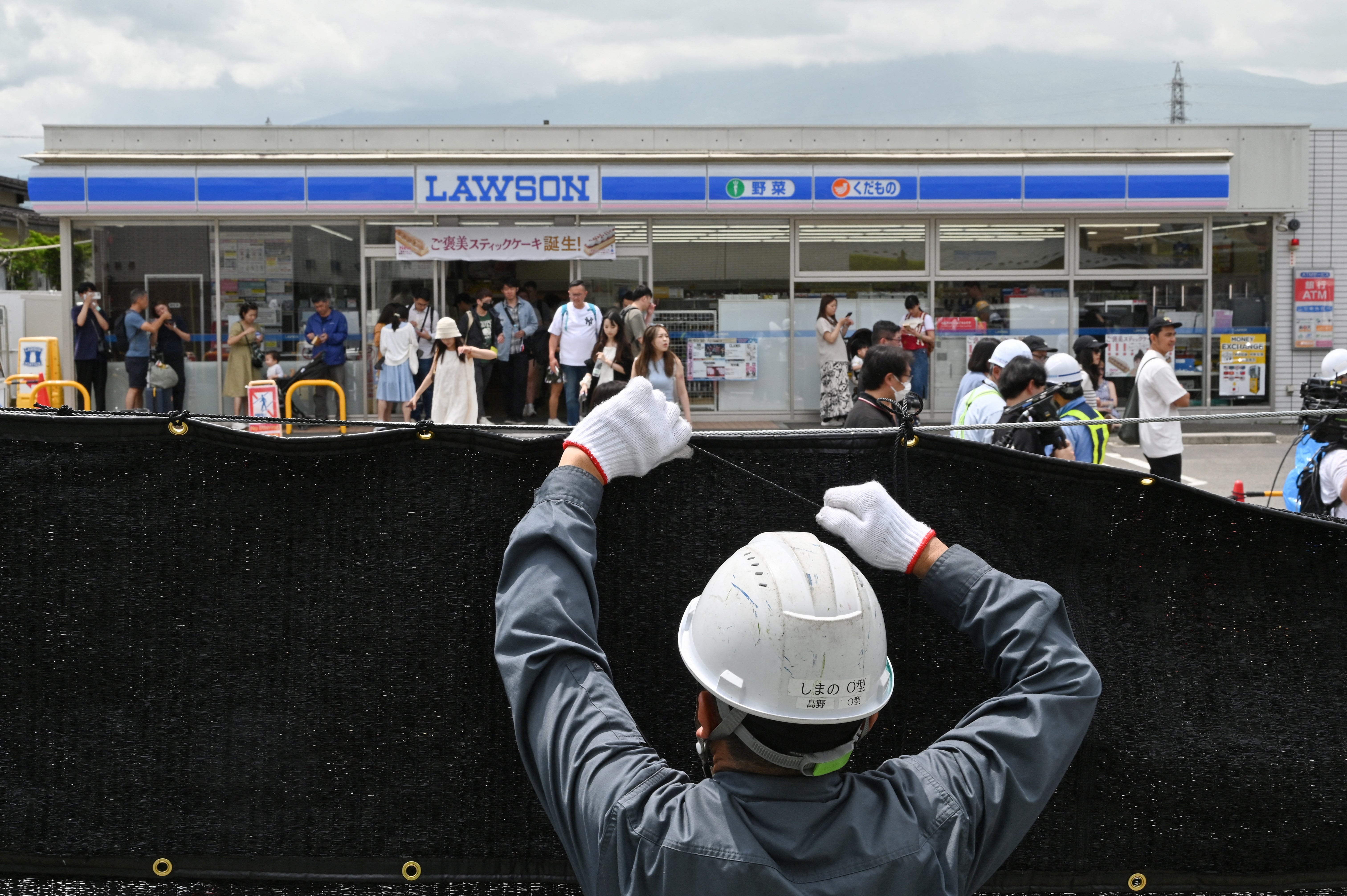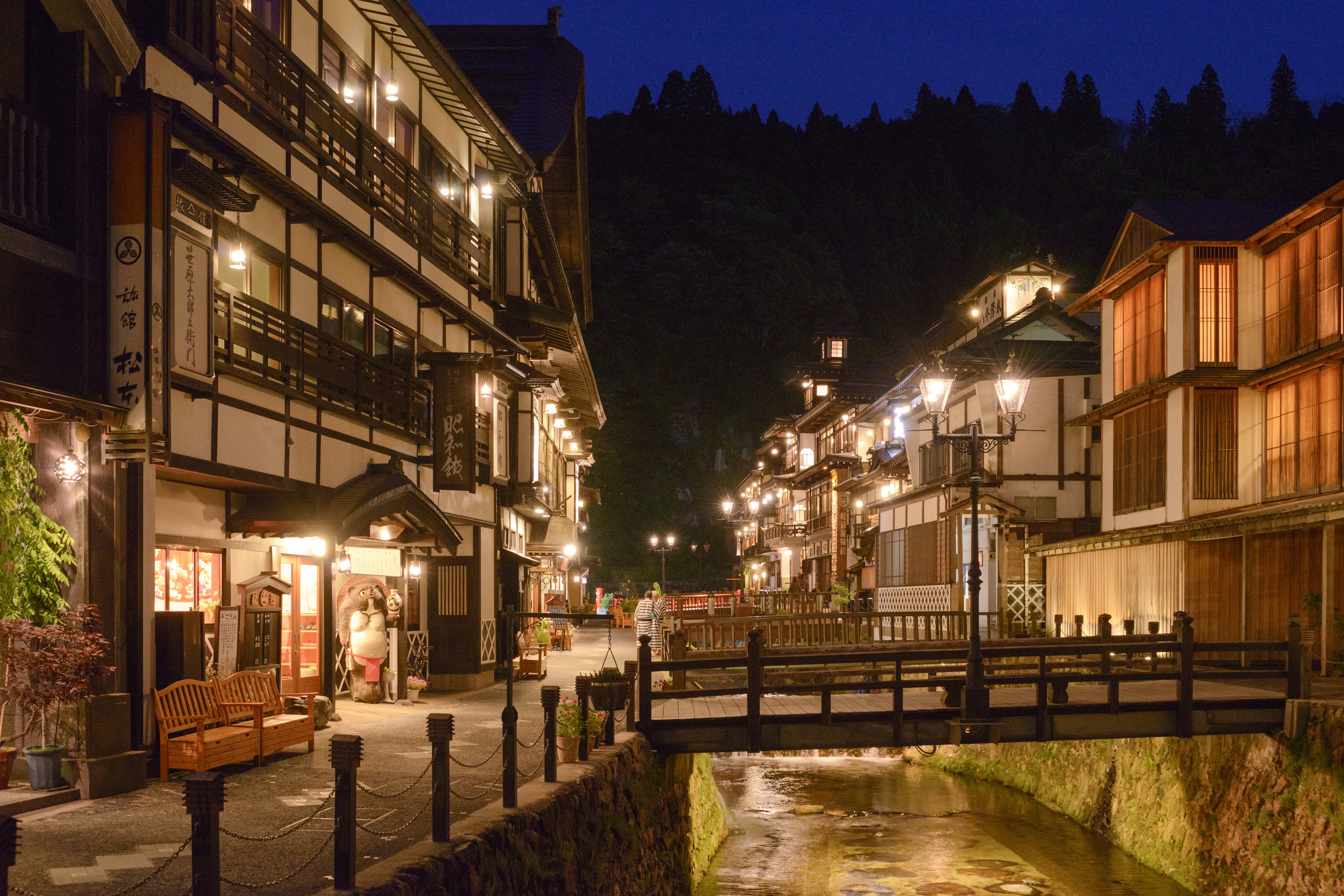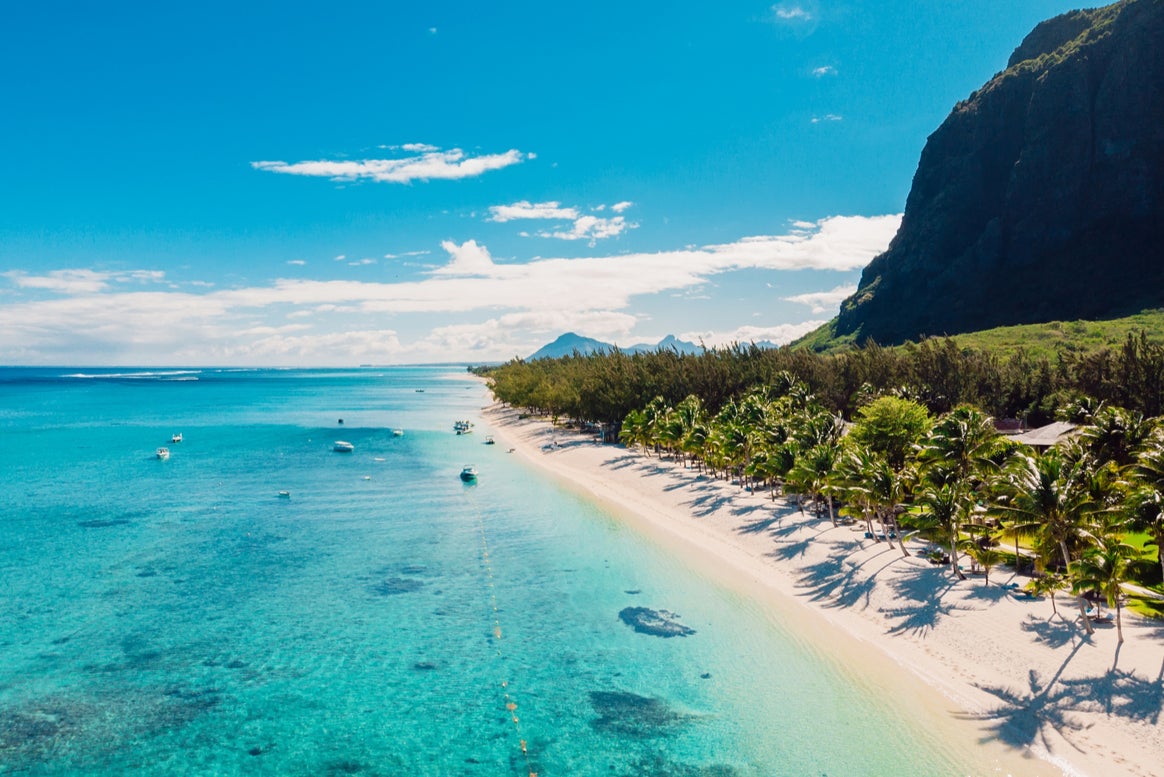Tokyo drift: what happens when a city stops being the future?
Share:
Tokyo remains, in the world’s imagination, a place of sophistication and wealth. But with economic revival forever distant, ‘tourism pollution’ seems the only viable plan. The yen is low, and everybody is coming to Tokyo. If that sounds familiar, it’s not because I’m being coy or hedging my bets; it is the only information to be found in most English-language coverage of Japan’s capital in the aftermath of the pandemic. I can’t stop reading these accounts. After nine years in the country, you’d think I would have learned enough Japanese to liberate myself from the Anglo-American internet, but I’m afraid I’m stuck with flimsy stories about the tourist uptick for the time being.
![[Crowds outside a Japanese temple.]](https://i.guim.co.uk/img/media/0037d4f5fa556d25c4e15c06252f485bd422ca6a/0_0_7212_4740/master/7212.jpg?width=445&dpr=1&s=none&crop=none)
Part of the reason that so much coverage of the city where I live errs on the side of optimism is that Tokyo remains lodged in the postwar American imagination as a place of sophistication and wealth, good taste and cultural authenticity, with a reputation for deferential hospitality. Never mind that this was the calculated effect of bilateral postwar public relations campaigns, a boom in exportable middlebrow culture and fearmongering about Japanese industrial dominance.
![[A young Japanese woman dressed as a maid to promote the cafes of Akihabara.]](https://i.guim.co.uk/img/media/e863732650f9df2eb016844870dadb642b2633ac/0_0_5445_3630/master/5445.jpg?width=445&dpr=1&s=none&crop=none)
Now, 80 years after the American invasion, Tokyo is accessible to anyone with a couple of thousand dollars. Just as, in the popular telling, Mexico City is an oasis for digital nomads, or Yiwu is a modern-day Alexandria – a cosmopolitan shipping hub, attracting dealers in durables and middlemen from the global south – the travel-brochure-as-think piece only comes as a surprise to those who have managed to remain innocent of a century of complete transfiguration. The authors of such pieces suggest, always in the mildest, most consumer-friendly terms, that calling budget tourism down on Tokyo is the last hope for a country burnt to the filter.
![[Tourists with wheelie suitcases in Shinjuku, Tokyo.]](https://i.guim.co.uk/img/media/a14ed62e08dc347a6579e1badc1dcdf071e2c7e5/0_0_5000_3401/master/5000.jpg?width=445&dpr=1&s=none&crop=none)













